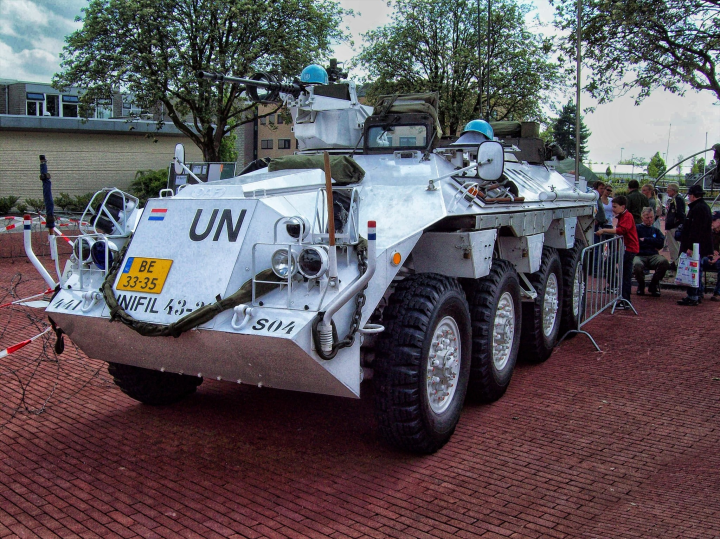Threat Assessment and Training Blog
Keep Your Eyes on the Prize: Active Police Threat Assessment Training from Observation to Interdiction
In police threat assessment training, and any form of training that involves interaction with people, it is important that it incorporates the human interaction and safety component associated with an interdiction. This doesn’t necessarily apply to all forms of threat assessment (other than active threat assessment), but is relevant in defensive tactics, verbal communication, or any training that involves police interaction with the public.
What Should Alice Be Watching For In That Looking Glass? Context in Threat Identification and Assessment
Assessing patterns of consistent behavior is the key to threat identification and assessment. Learn about assessing patterns of consistent behavior, or the behavioral baseline, and how this leads to active threat assessment.
The Origin Story of Active Threat Assessment for Law Enforcement: The Identifying Threats Program
Learn about the origin of active threat assessment for law enforcement through the Just Doesn’t Look Right Project and the Identifying Threats Training Program.
Using Their Reactions Against Them: Identifying Active Threats Through Behavioral Change
Learn more about why timing of observations matter and how active threats respond to your officers in our most recent blog post.
The 411 on JDLR and what it means for identifying active threats
The United States Department of Defense-funded Just Doesn’t Look Right (JDLR) Project was undertaken to transfer tactics, techniques, and procedures to identify active threats from veteran to inexperienced military, law enforcement, and security personnel. Get the 411 from the head researchers on the JDLR Project and what this research means for active threat assessment.
The Importance of Active Threat Assessment: A Focus on Vocabulary
Your officers have a “lingo” they use when communicating. This lingo, vocabulary, or glossary of terms allows them to quickly and efficiently talk to one another. Without this threat assessment vocabulary, it will take them longer to transmit information, give and receive orders, and may result in miscommunication.







